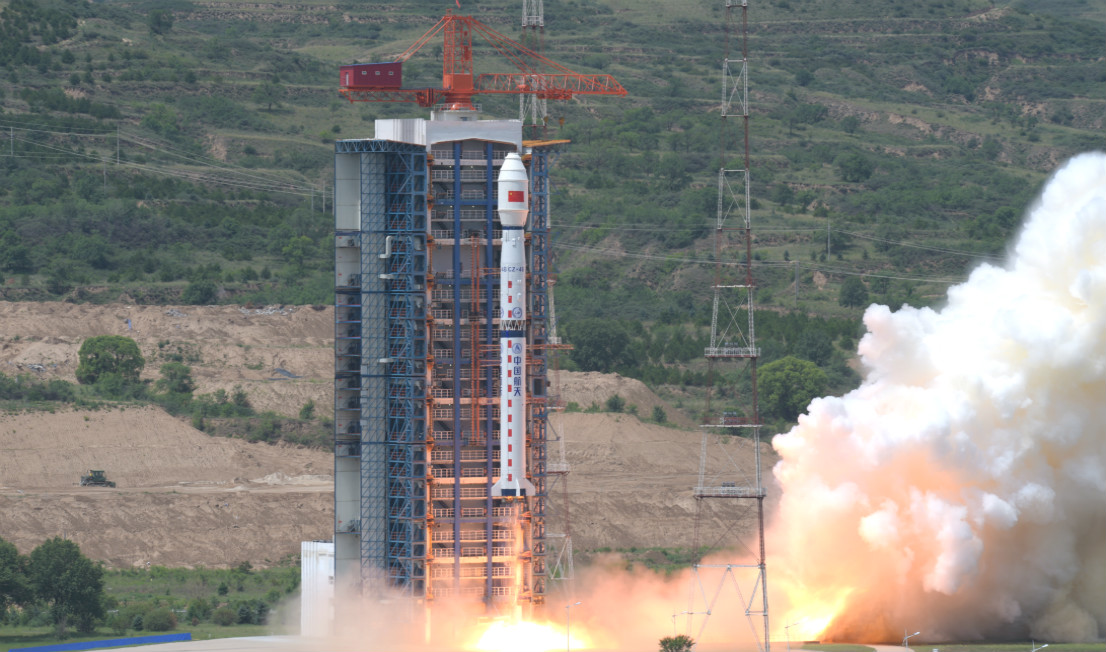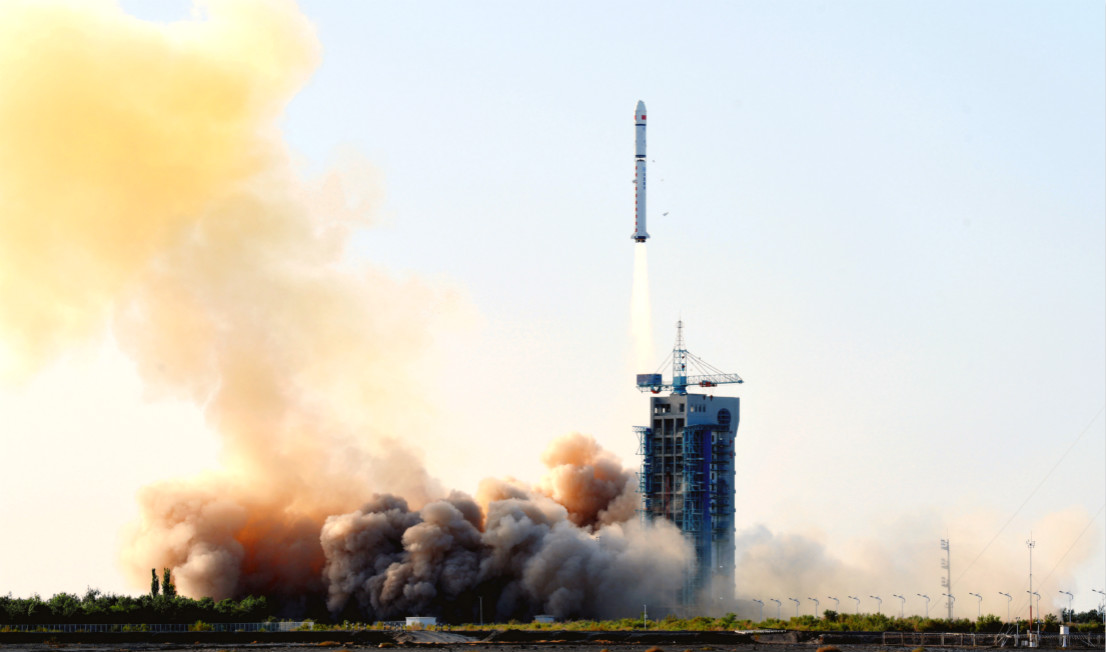China launches 3 satellites on 2 rockets in 3 days
China is picking up its satellite launch pace once again.
The country launched three satellites into space during two missions from different space centers over three days in the last week, according to reports from the country's space program and state media.
The first launch soared into space from the Taiyuan Satellite Launch Center in northern China's Shanxi province. Two satellites from the China Academy of Space Technology flew into orbit on a Long March 4B rocket at 11:10 a.m. local time Friday, July 3 (11:10 p.m. Thursday, July 2 EDT or 0310 July 3 GMT), according to the China Aerospace Science and Technology Corp. (CASC).
One satellite, identified as Gaofen by SpaceNews, was billed in Chinese media as a remote sensing satellite for civilian use. The satellite's resolution is less than a meter (three feet) and it will operate in an orbit to place the sun at a consistent angle on the surface, called a sun-synchronous orbit. This orbit makes it easier to compare pictures between satellite passes.
"It [the satellite] can provide high-precision remote-sensing image data for several industries including surveying and mapping, natural resources, emergency management, agriculture, ecological environment, residential construction and forestry," CASC said in a statement. The satellite will obtain images of China's land "and surrounding areas", added state media source CCTV.
The rocket also carried a satellite to popularize space science for teenagers, CCTV said, through doing science experiments such as transmitting images and voice data. The satellite is called Xibaipo, sharing a name with the region that once hosted the site of the Central Committee of the Community Party of China in the late 1940s.
Two days after these satellites flew into space, China successfully performed another launch from the Jiuquan Satellite Launch Center in northwest China, CCTV and CASC said.
Breaking space news, the latest updates on rocket launches, skywatching events and more!
This launch occurred at 7:44 a.m. Beijing time on Sunday, July 5 (7:44 p.m. EDT or 1144 GMT on Saturday, July 4). This satellite is the second of the Shiyan-6 series and will be used to study the environment of space and to do "related technology experiments", whose nature was not disclosed. According to SpaceNews, such descriptions are also used for the Chinese Yaogan series satellites, which Western observers peg as military reconnaissance vehicles.
China had a busy late 2019 and early 2020, with launches frequently occurring days or hours apart — sometimes at the same space center. While the pace slowed in the spring amid the novel coronavirus pandemic, China has carefully resumed its work while implementing physical distancing measures.
Follow Elizabeth Howell on Twitter @howellspace. Follow us on Twitter @Spacedotcom and on Facebook.

Elizabeth Howell (she/her), Ph.D., was a staff writer in the spaceflight channel between 2022 and 2024 specializing in Canadian space news. She was contributing writer for Space.com for 10 years from 2012 to 2024. Elizabeth's reporting includes multiple exclusives with the White House, leading world coverage about a lost-and-found space tomato on the International Space Station, witnessing five human spaceflight launches on two continents, flying parabolic, working inside a spacesuit, and participating in a simulated Mars mission. Her latest book, "Why Am I Taller?" (ECW Press, 2022) is co-written with astronaut Dave Williams.


